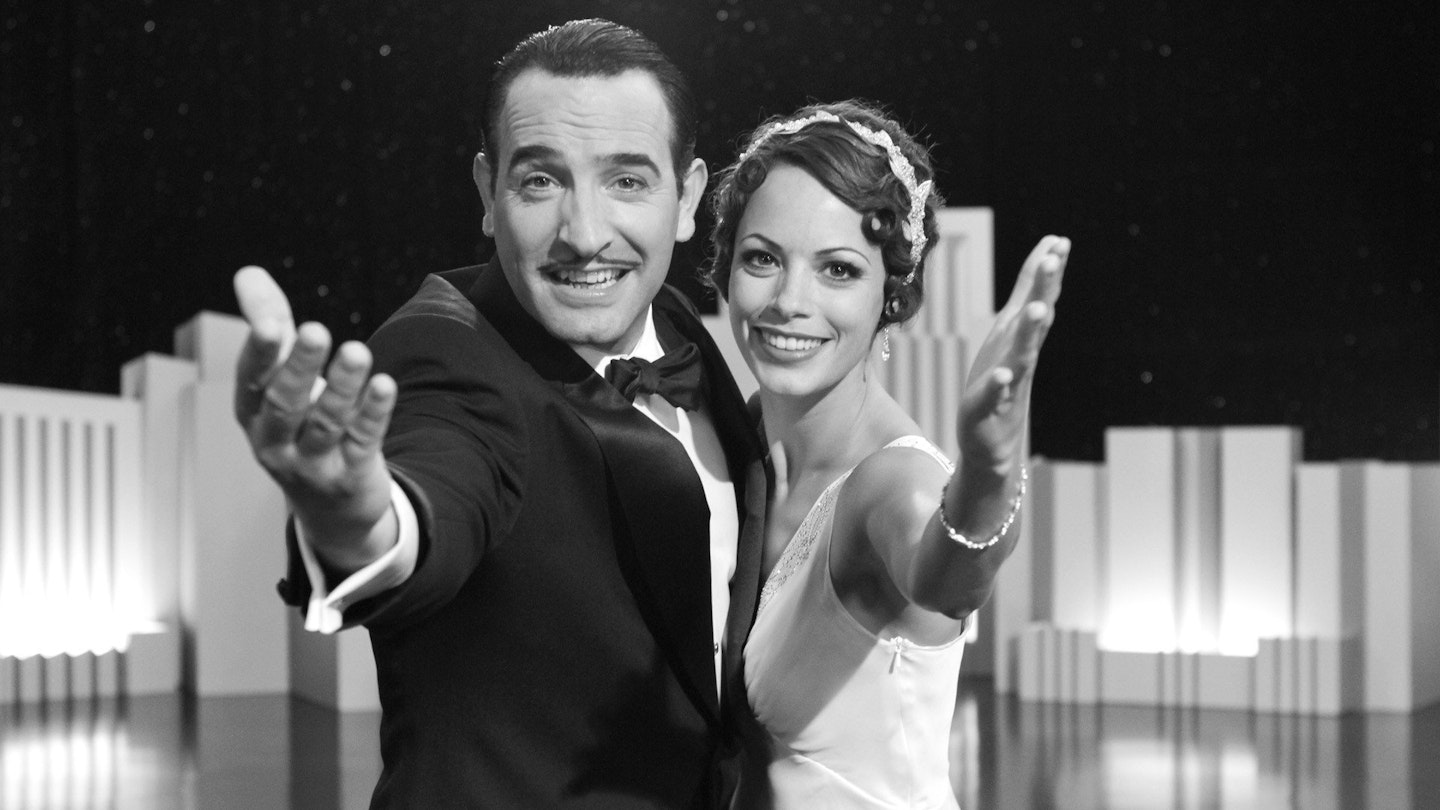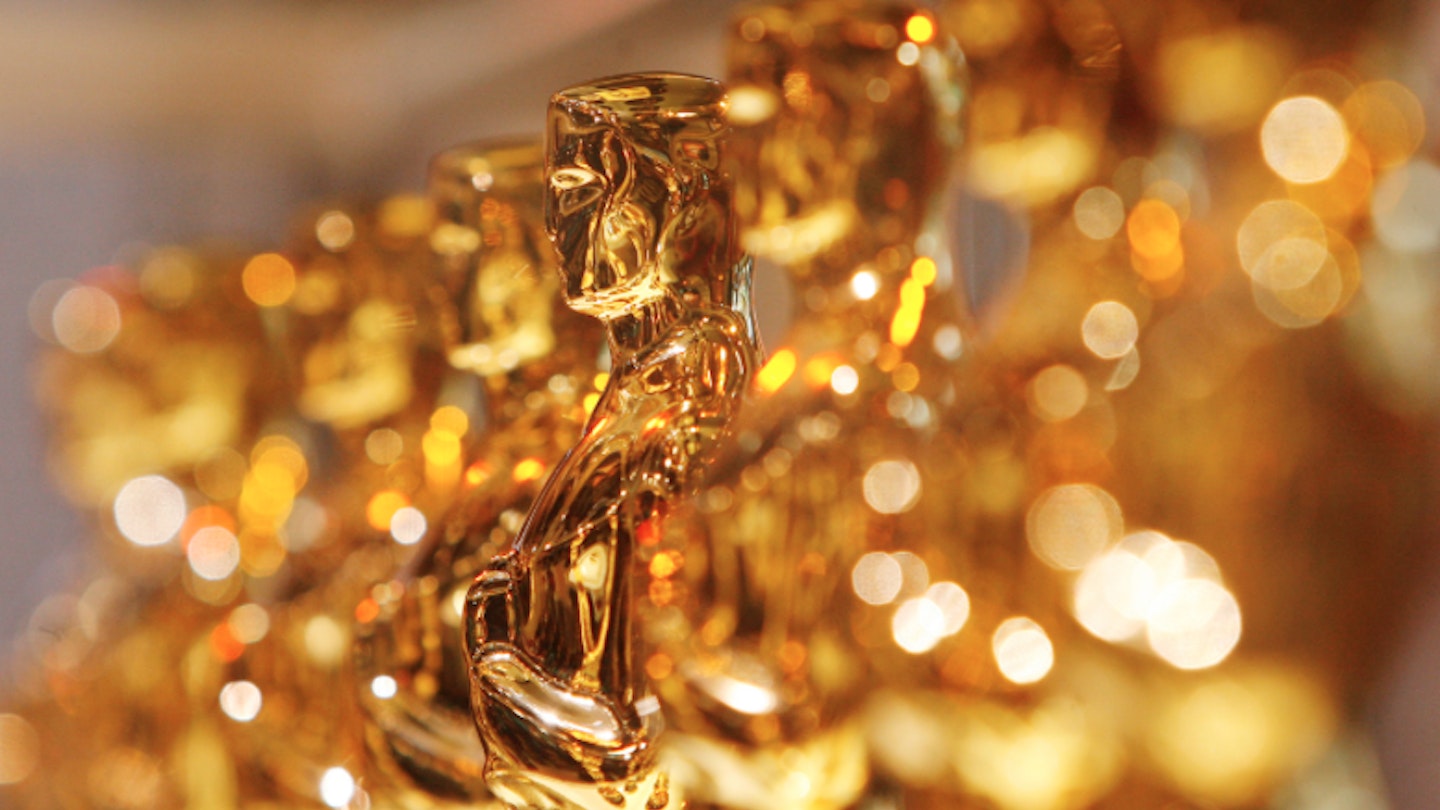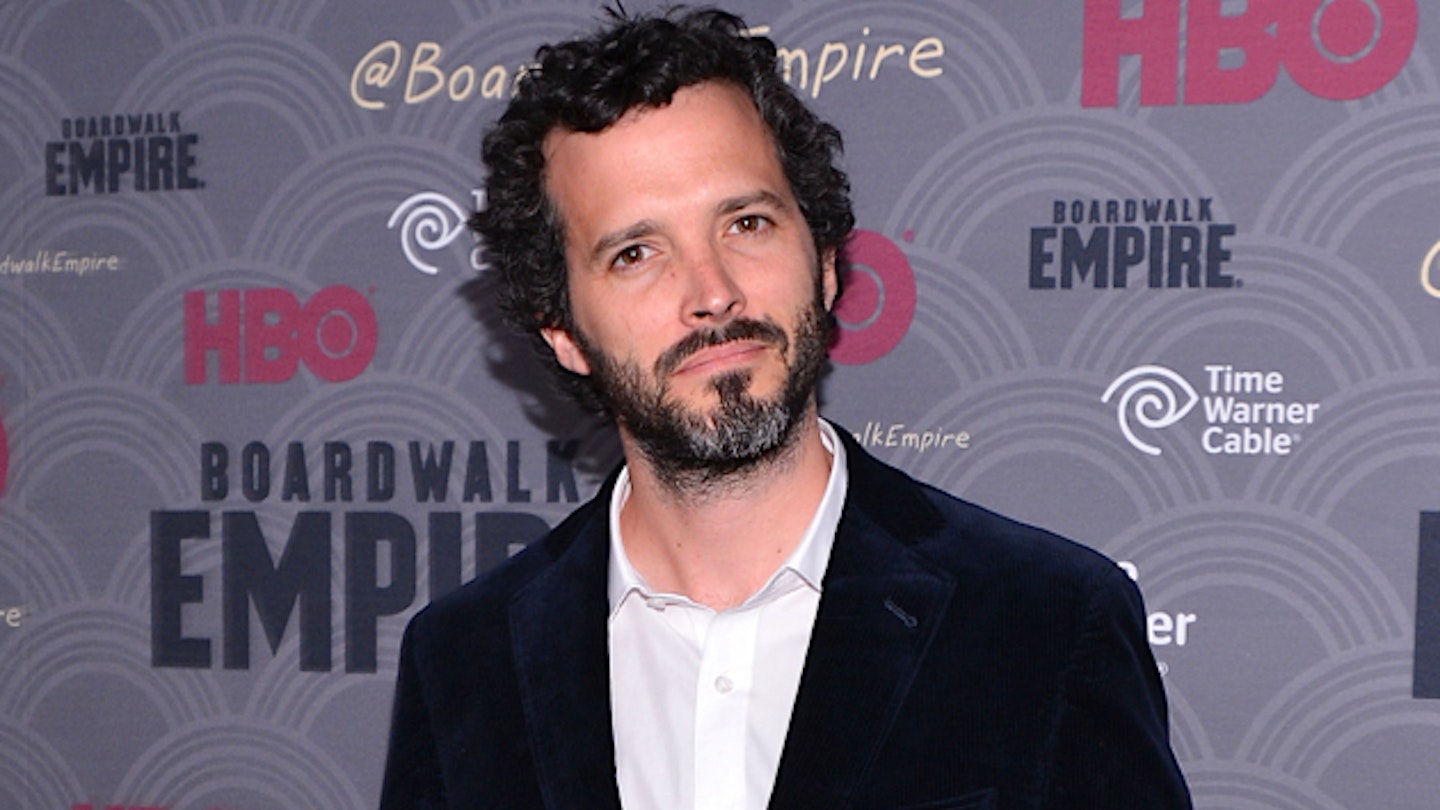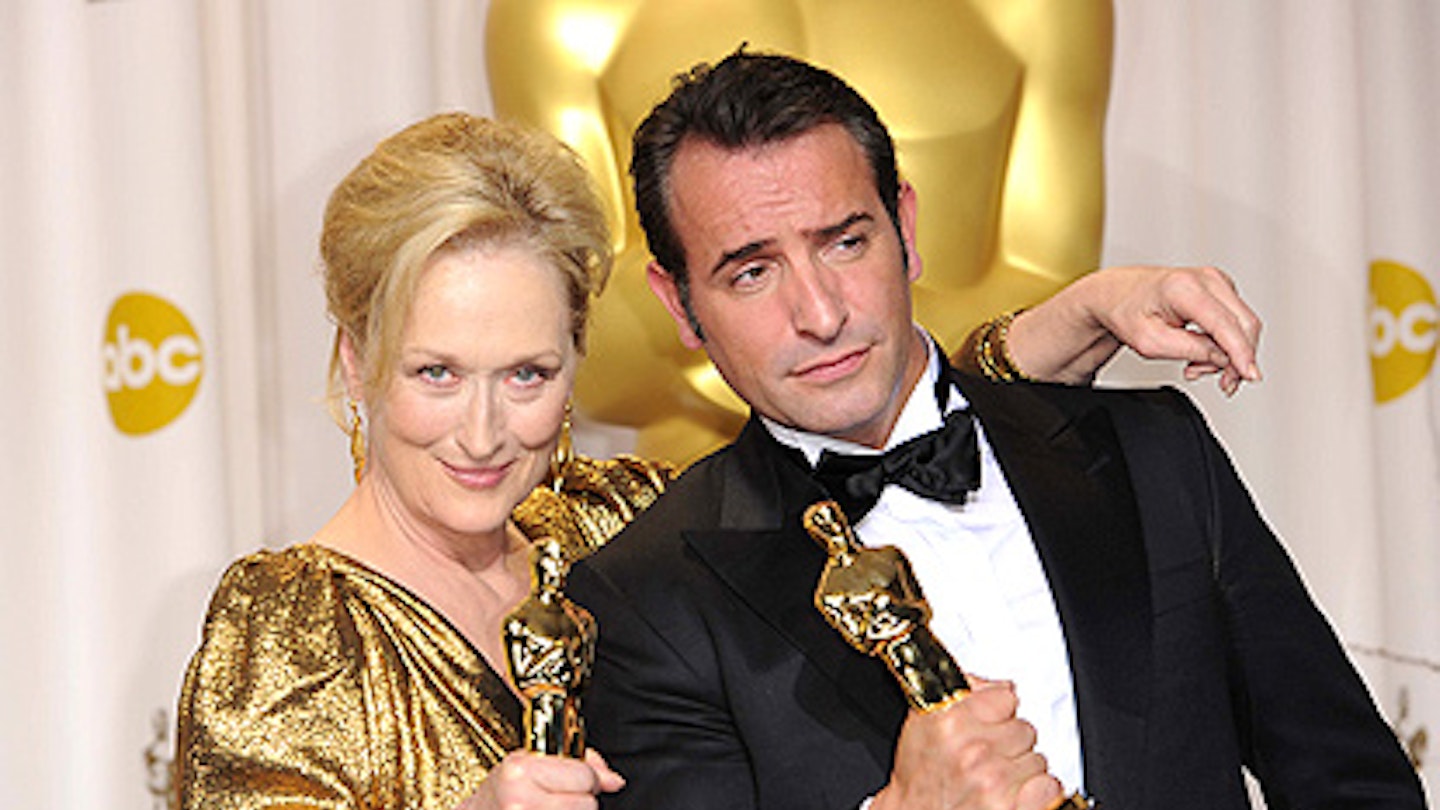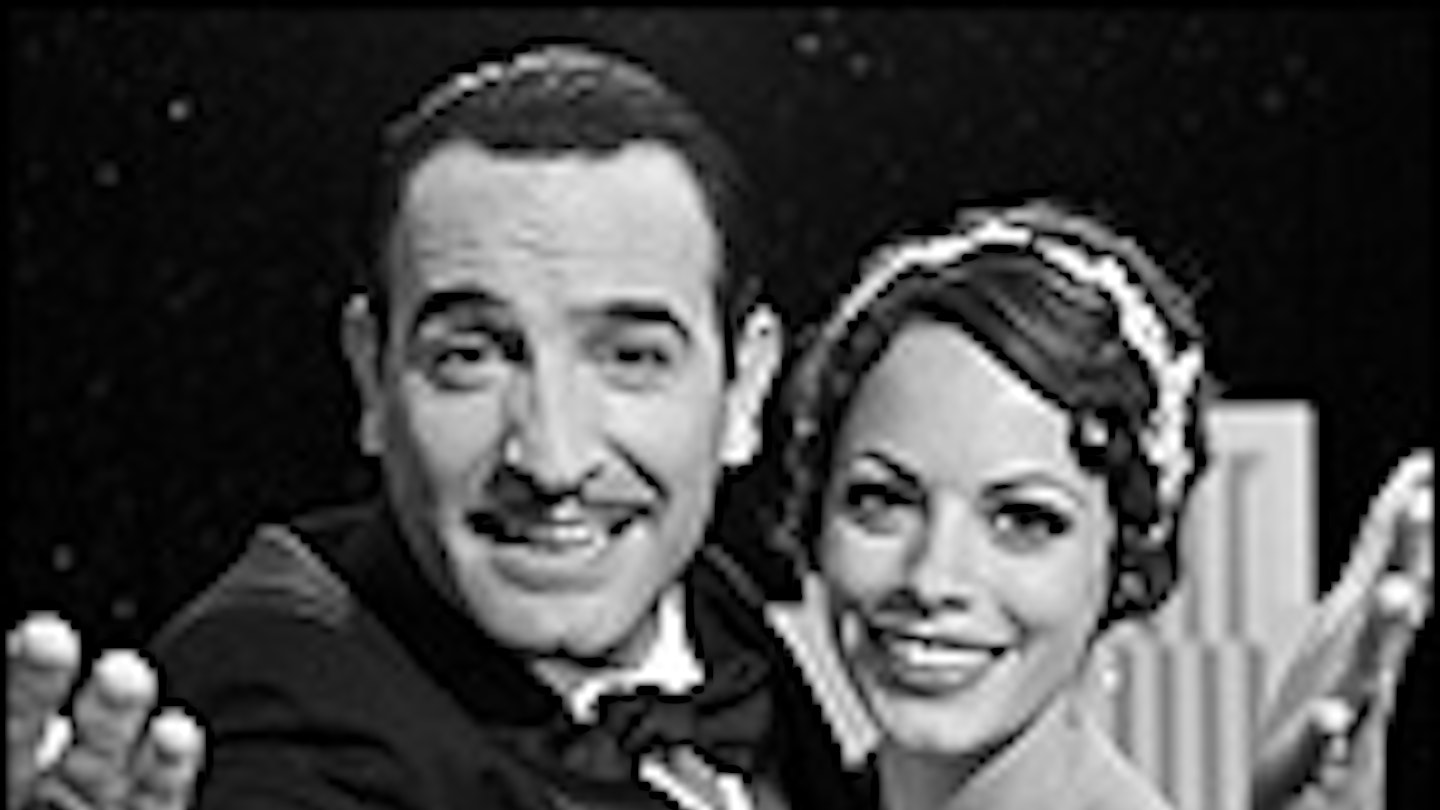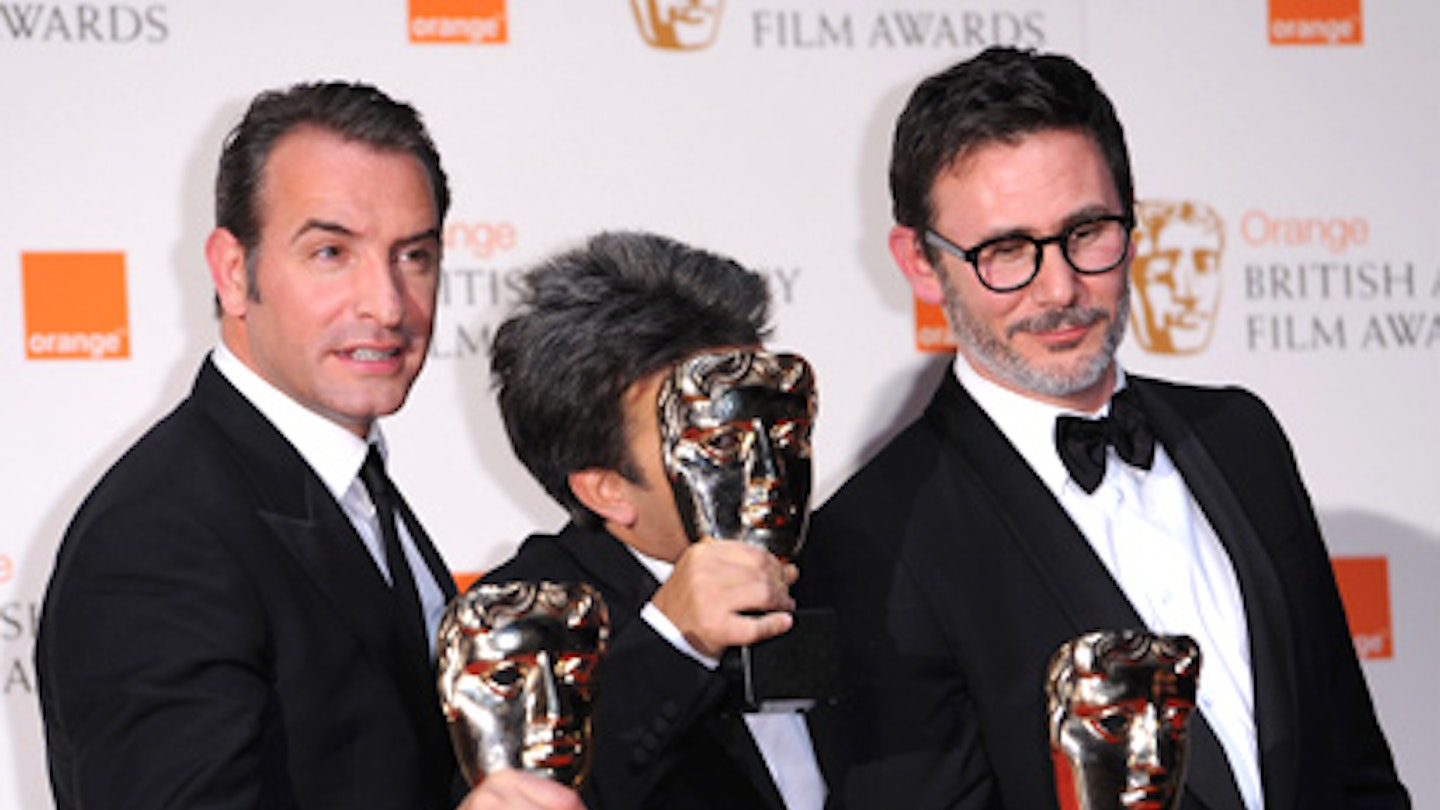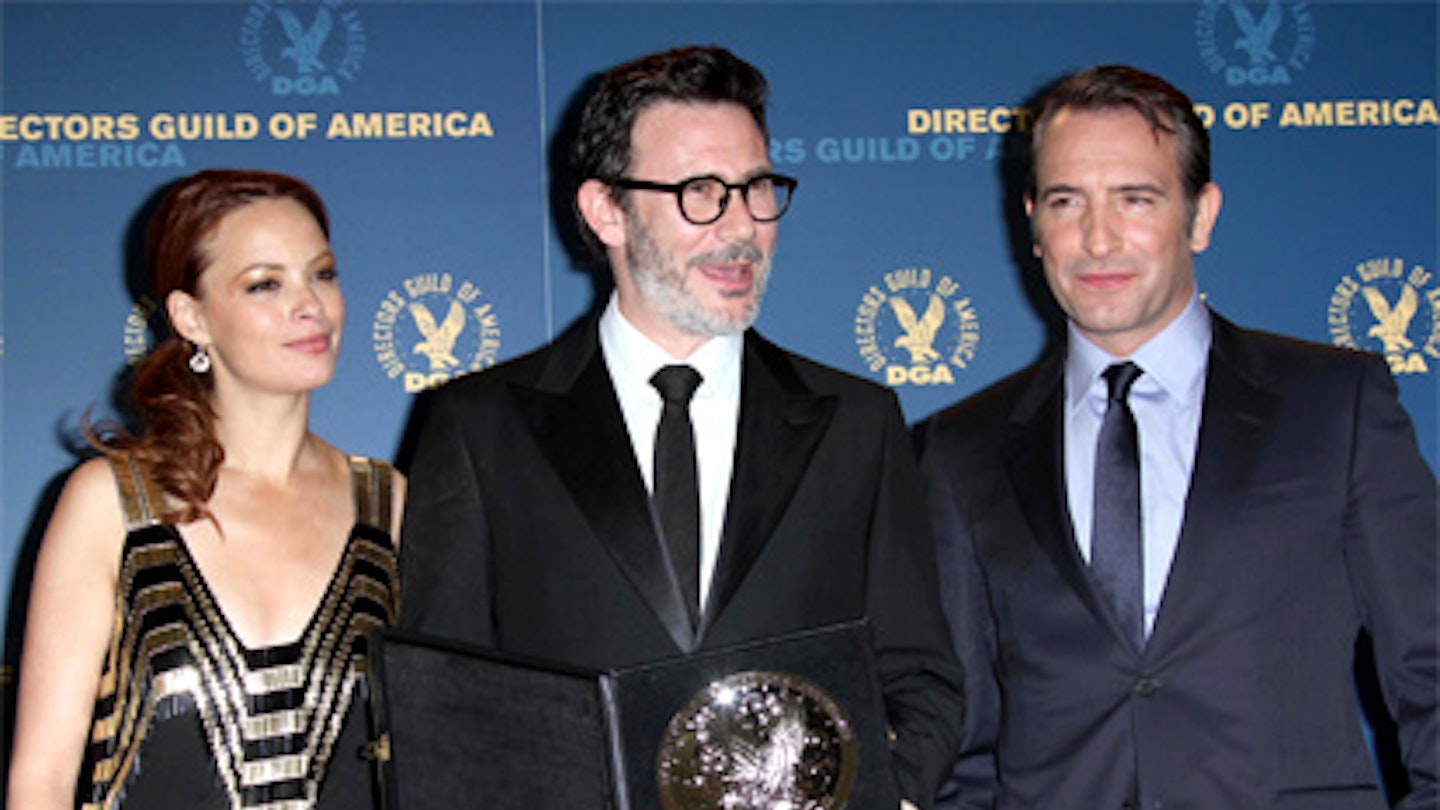The Artist is the one film that Harvey Weinstein ever bought that caused his brother and business partner, Bob, to question his sanity. It is in black and white, silent, was made by the French, and its biggest American star is John Goodman. Michel Hazanavicius’ wonderful film, however, should instead go down in history not as a sign of any advancing senility but as the proof of Weinstein’s humanity; it’s a film that not only communicates a profound and sincere love of the very idea of cinema, it deals with universal emotions of love and remorse and it does so with a clarity that leaves no room for ambiguity. It will play to grandparents who queued to see Singin’ In The Rain when it came out over 50 years ago just as surely as it will to kids who haven’t developed the good sense to turn off Mr. Bean yet. It may be premature to call it a masterpiece, but if that’s the technical term for a film that moves and inspires us while at the same time evoking a childlike sense of delight, then, for the first time since Steven Spielberg’s E. T. in 1982, that’s exactly what it might turn out to be.
Already, the alarm bells must be ringing: how could this possibly be the case, with a film shot in the 1:33 aspect ratio, with intertitles, rinky-dink piano and slavish use of such bygone trickery as irises, wipes and fades? The reality is that Hazanavicius hasn’t quite gone fully native; The Artist is a worthy homage but not an exact replica, and its chief departure from the ’20s is in its perfectly judged score, which acts as a fully supporting character to the two charming leads. The film also somewhat breaks its own rules; though it is almost entirely silent, it continues through the period after the silent heyday, when Peppy becomes a singing star and Valentin a hasbeen, clinging to his mute stardom and producing soundless follies that make him a laughing stock in his former kingdom.
Much of the reason for the film’s success can be ascribed to star Jean Dujardin, who simply becomes George Valentin. A small but important scene shows Valentin getting into character, one moment relaxed, smiling and gracious, the next raising his arm, hunching his shoulders and hoisting his nose into the air with the imperial, smouldering haughtiness of a John Gilbert or a Fredric March. It may even be the key scene in the movie, since this is what Valentin thinks acting is, and, by extension, who he is: this is all he can do, and when the industry changes, he finds it impossible to adapt to a new world, in which his former floosie is now the boss. The parallels with A Star Is Born are obvious and amusingly relevant; though made three times, in 1937, 1954 and 1976, that film was never made in the silent era, and now, in this modern cover version, that box is ticked too.
But this is not a one-man show: the core trio here worked together once before on the 2006 comedy OSS 117: Cairo, Nest Of Spies, a very funny spoof on the OSS 117 spy films — based on the novels of Jean Bruce — that became popular in France after the global success of the first 007 movie in 1963. And, as with OSS, there is a level of playfulness and respect here that transcends mockery; where Austin Powers was essentially a comic character who creates the chaos around him, OSS 117 (aka Hubert Bonisseur De La Bath) was a human foil to the genre conventions that were thrown at him. His one remit: to emerge smiling. Between them, Hazanavicius and Dujardin have the smarts to make that happen in The Artist, too, but the killer ingredient is Bérénice Bejo, not just as Valentin’s love interest but as his peer. The chemistry is palpable, and Bejo radiates beauty, grace and intelligence: the killer combination that proves Valentin’s undoing and also, unexpectedly, his salvation.
There are those that sneer at The Artist’s simplicities, its unfortunate inability to be a real long-lost classic, and point to the richness of the era it borrows from, a golden age that gave us such giants as F. W. Murnau, D. W. Griffith and Erich Von Stroheim. That’s not the endeavour here. The point of The Artist is to reconnect with the human spirit, see what our ancestors saw in a single close-up and find emotions in the human face that no amount of CGI can render. And at a time when the market is split to extremes between billion-dollar blockbusters and micro-budget miseries, it’s heartening to find, somewhere in a vast middle-ground, a film that revisits the basics, finding invisible fictions in a gesture, a profile, a longing look, a tear, an arched eyebrow, an embrace. The Artist may not be for snobs, but it’s not just for buffs; it’s for anyone who ever sat rapt in front of a movie screen. And let’s face it, that’s all of us.
